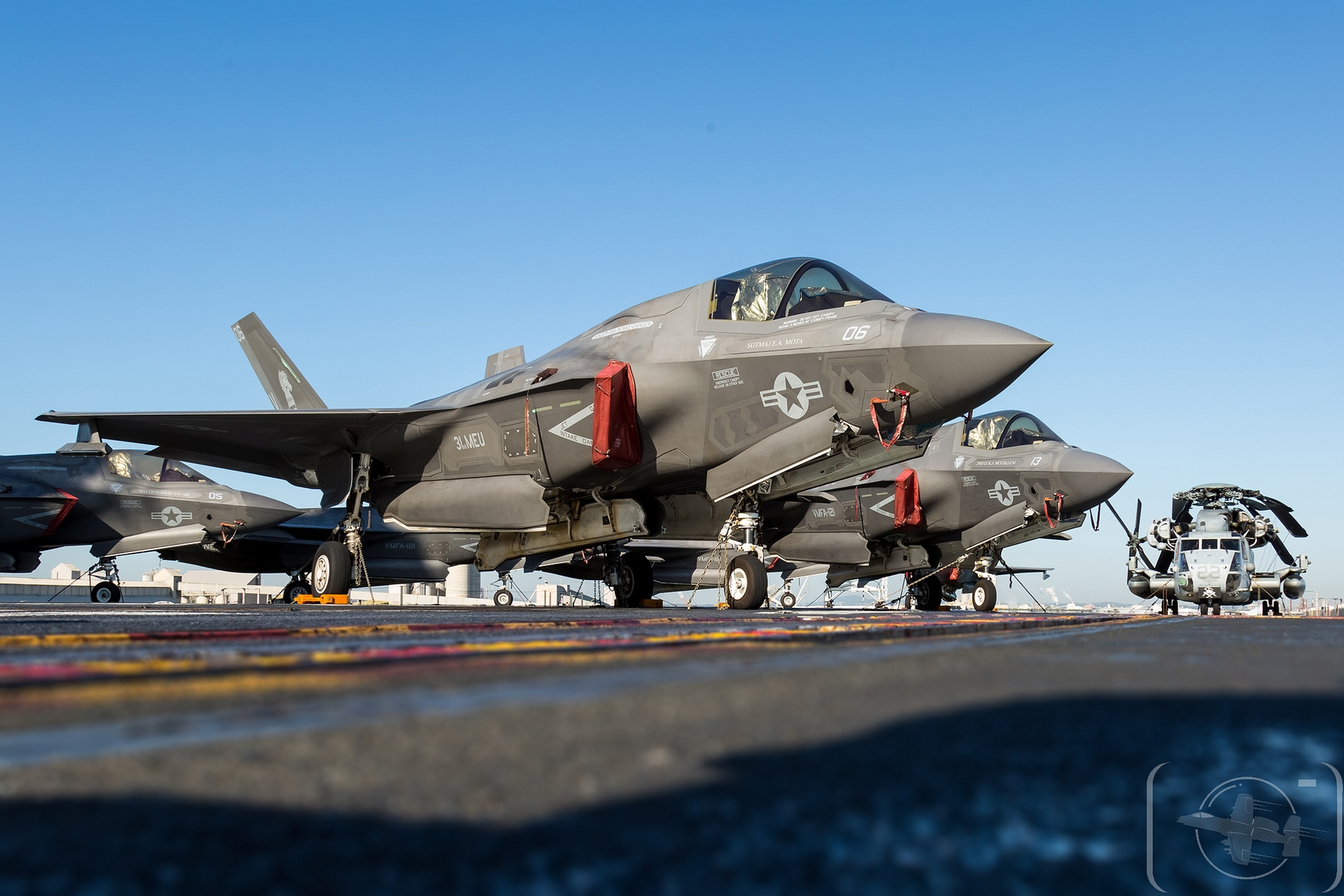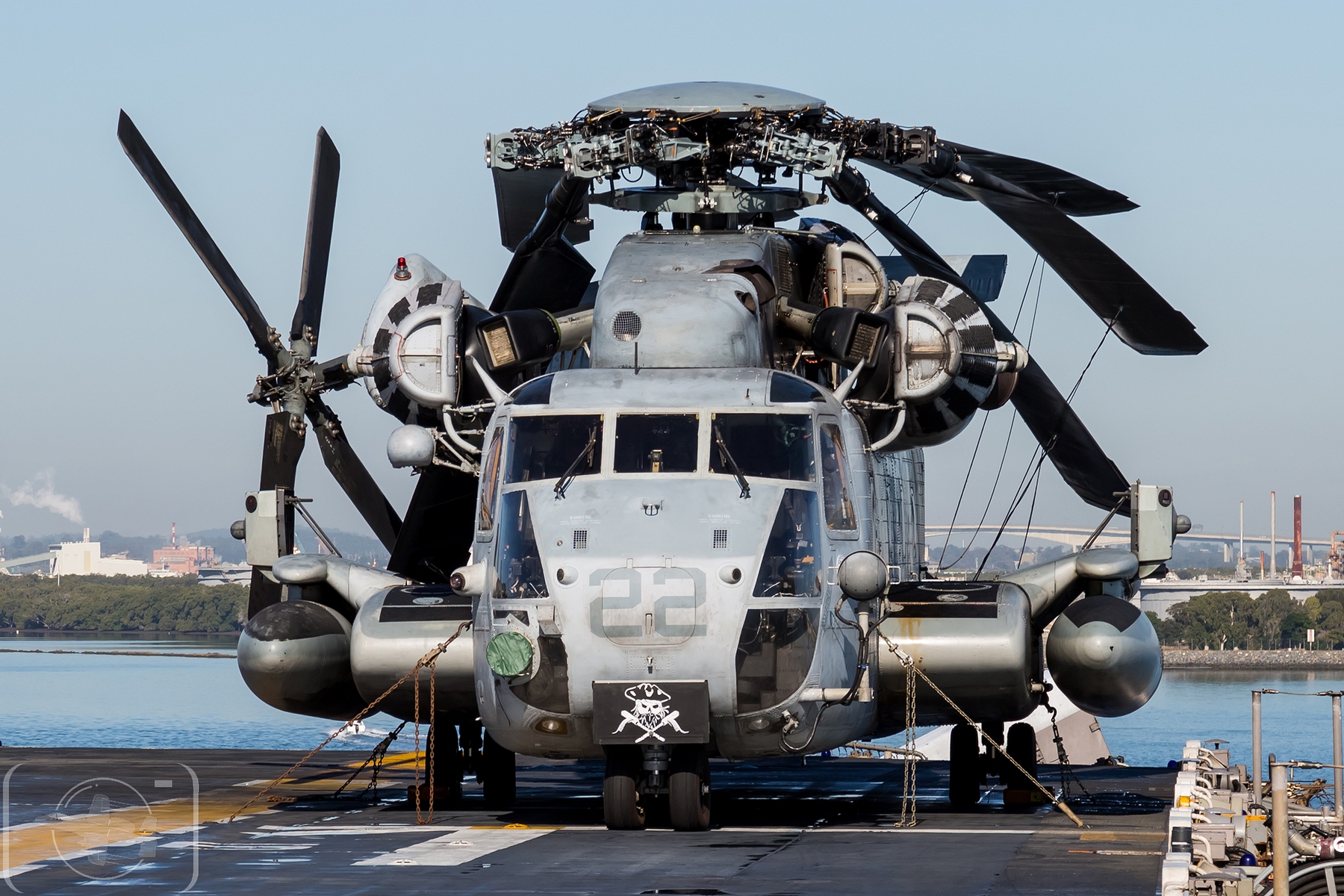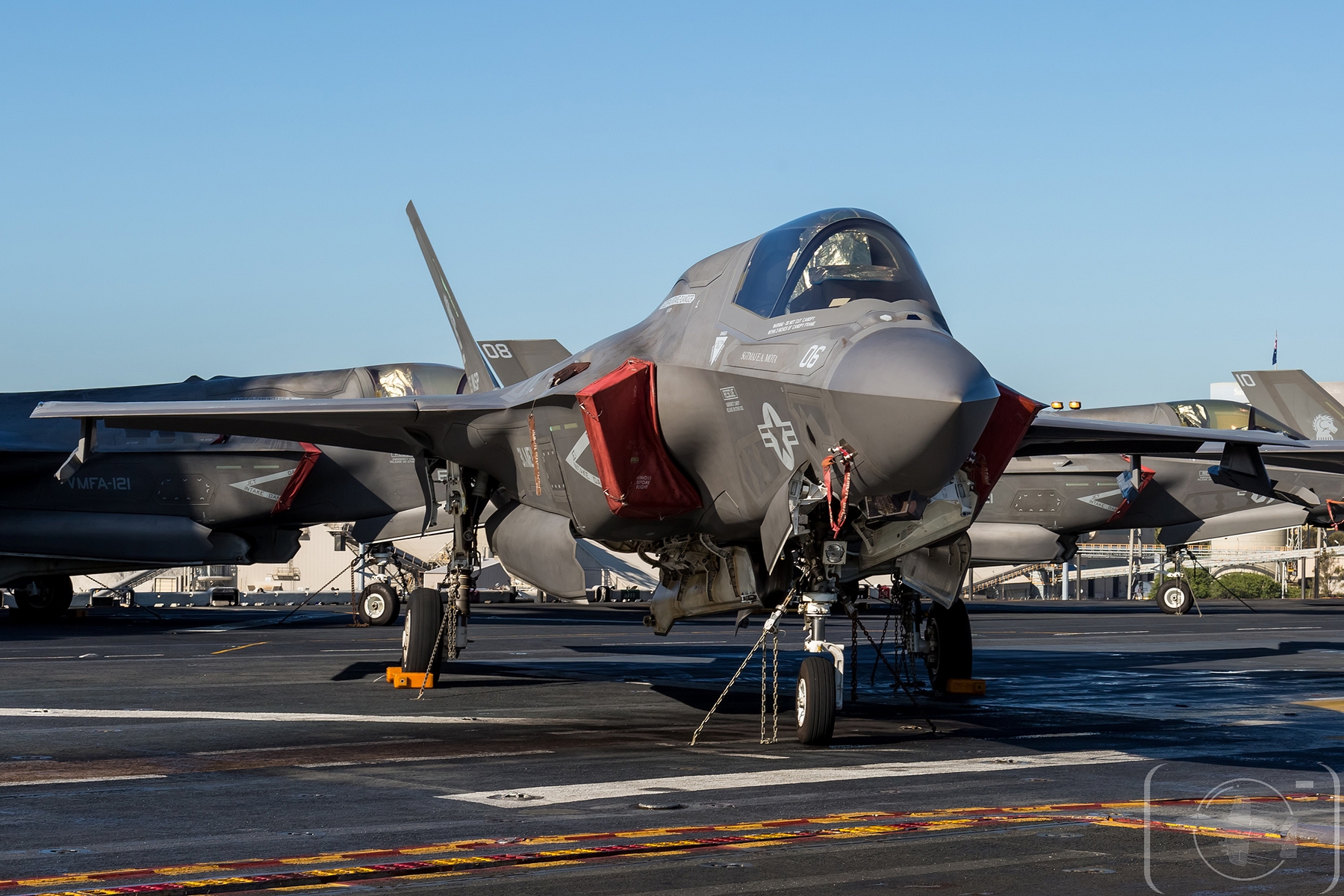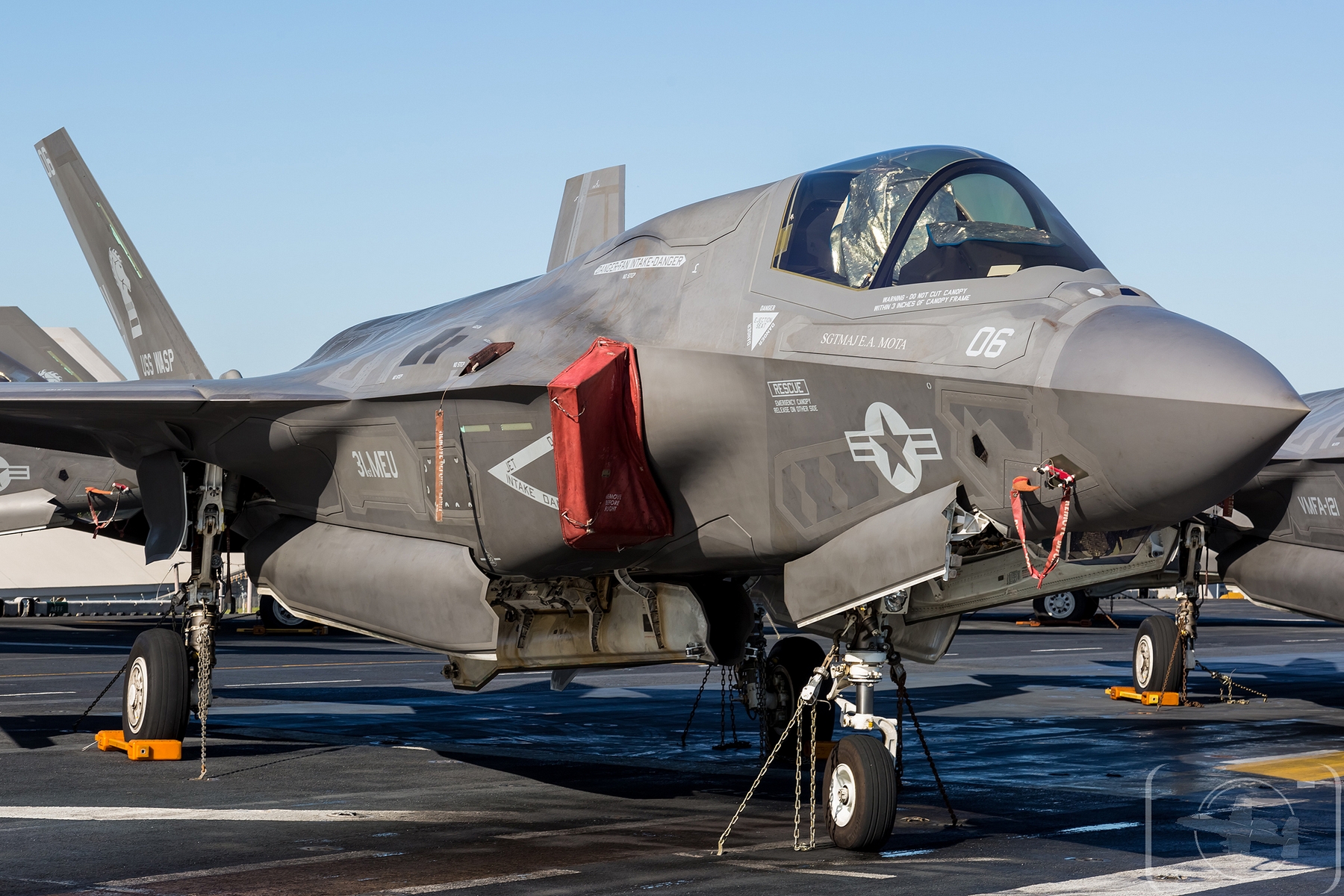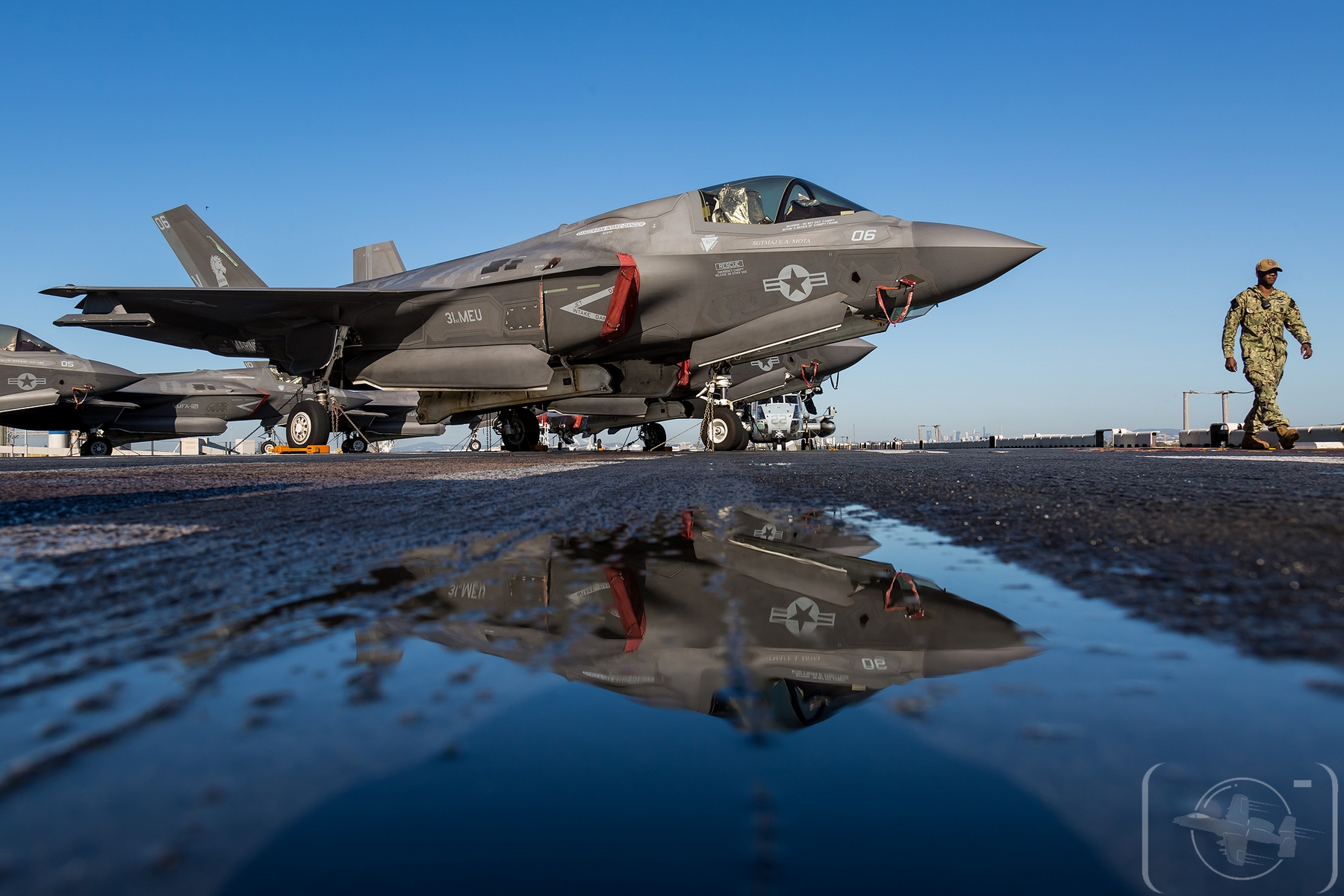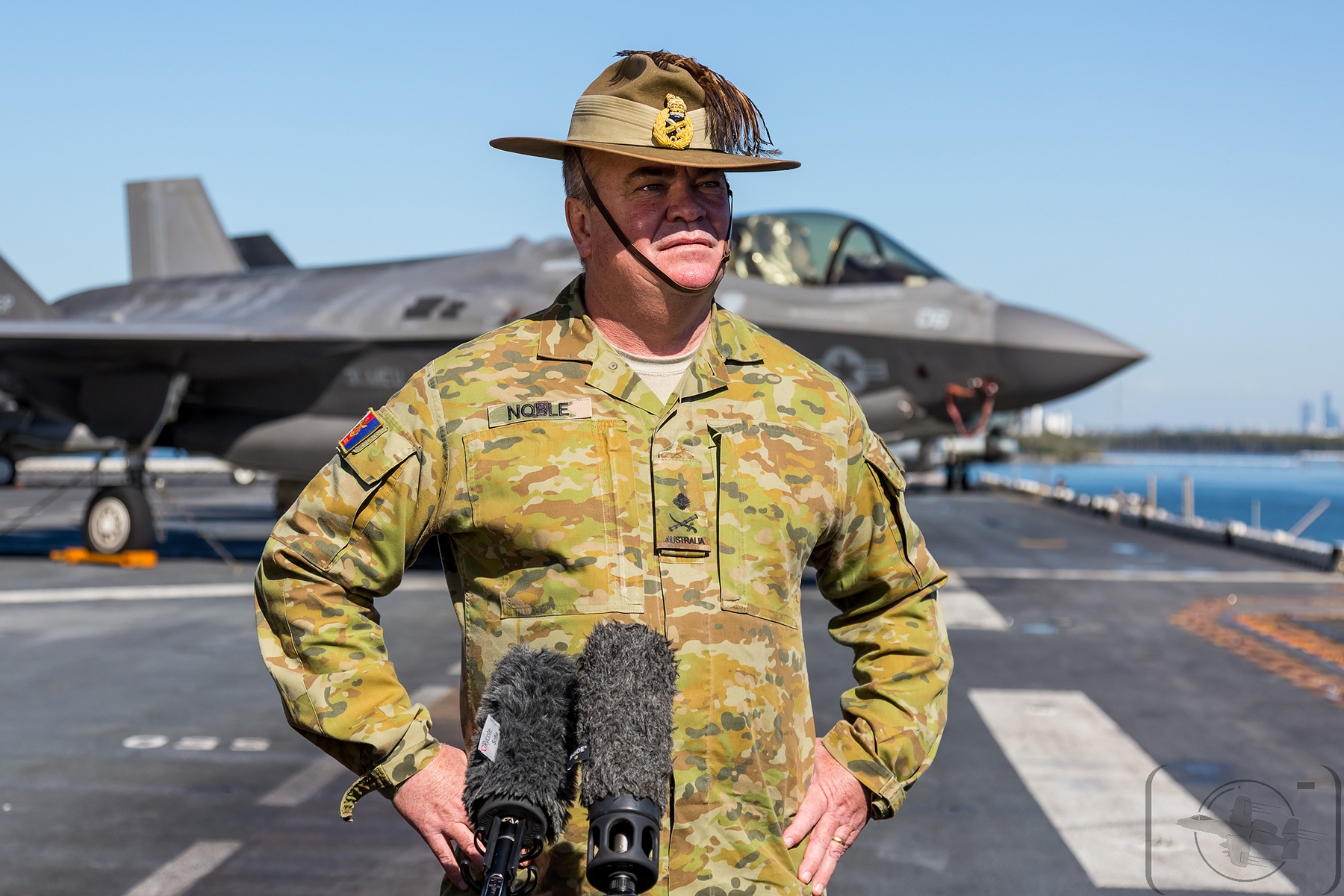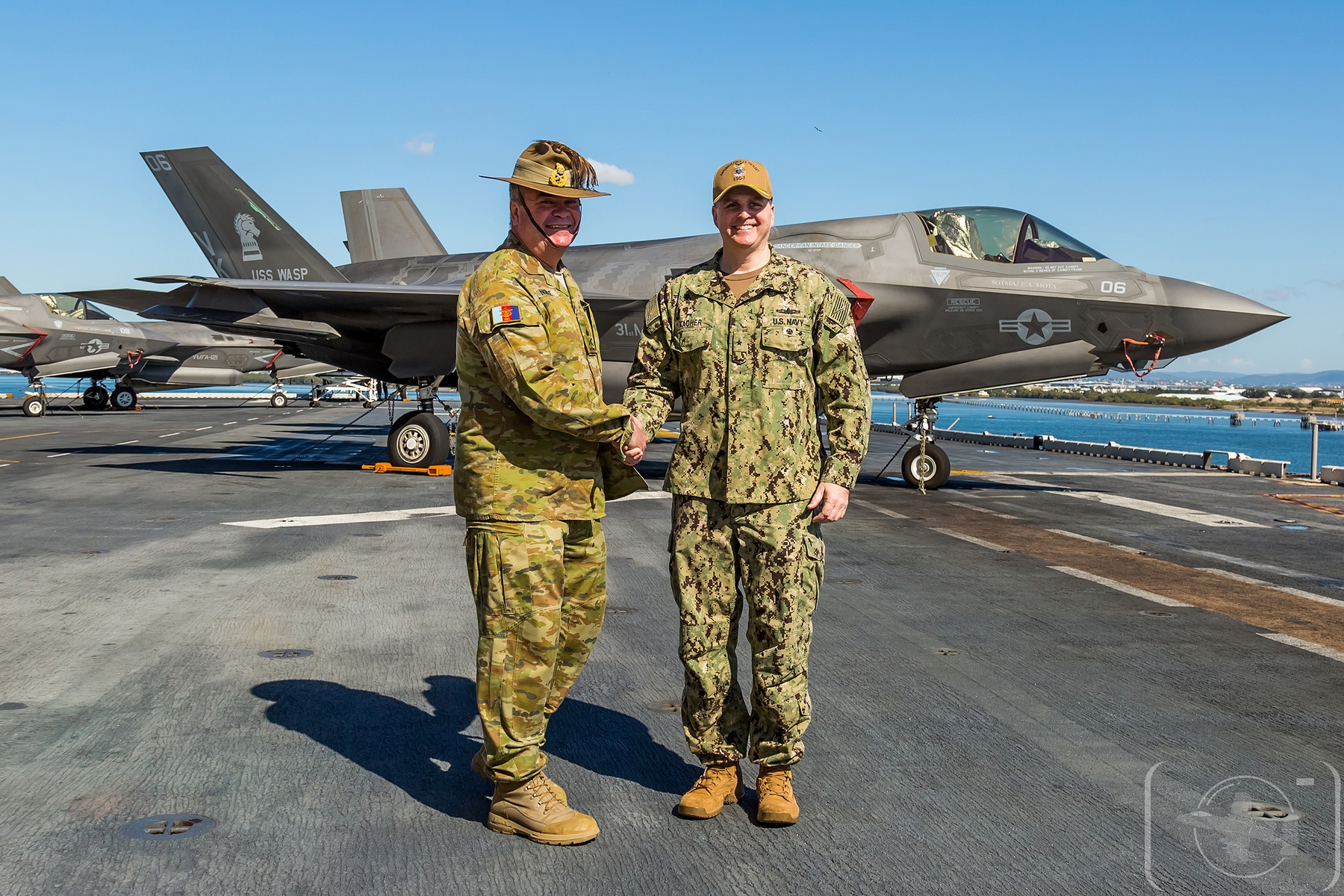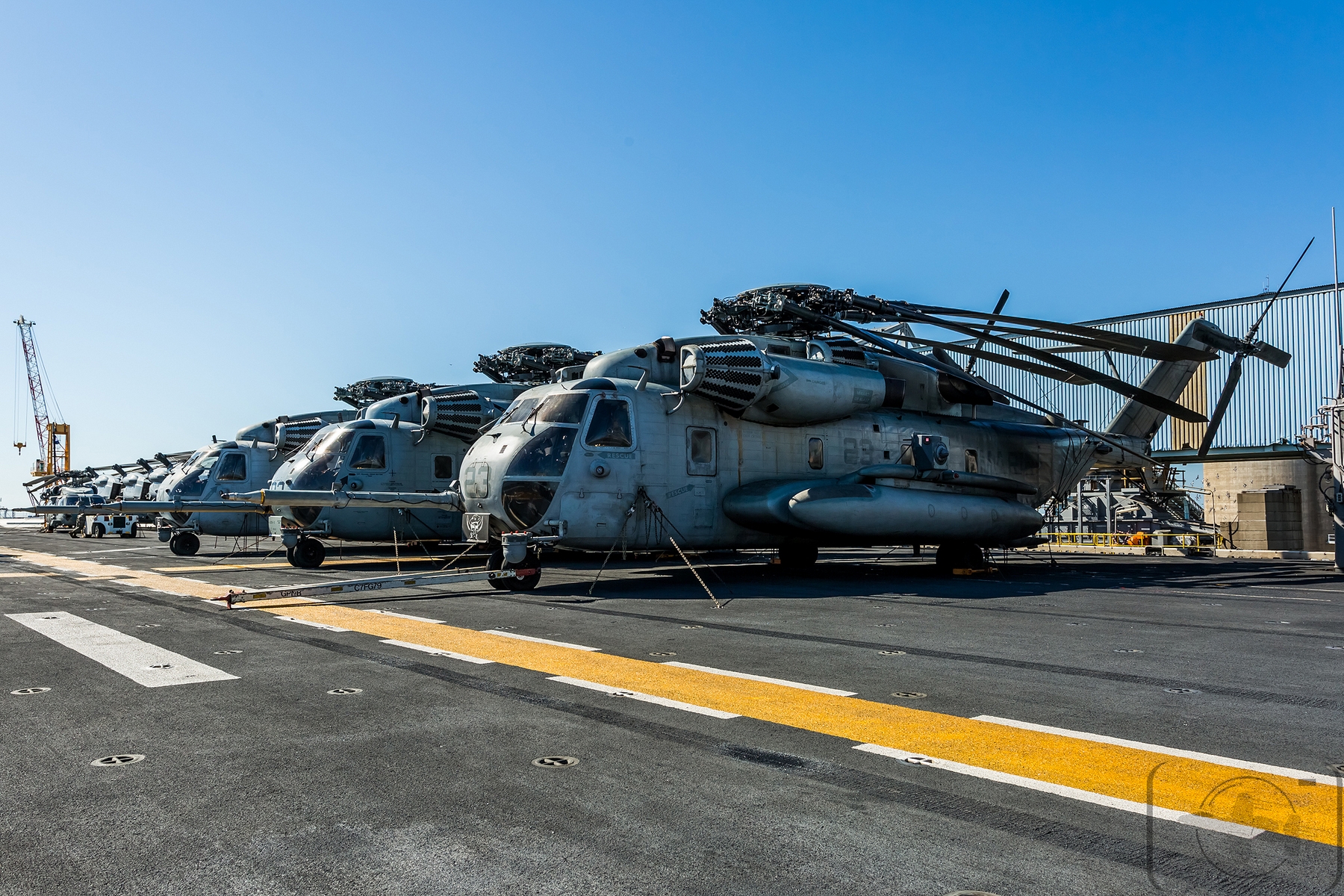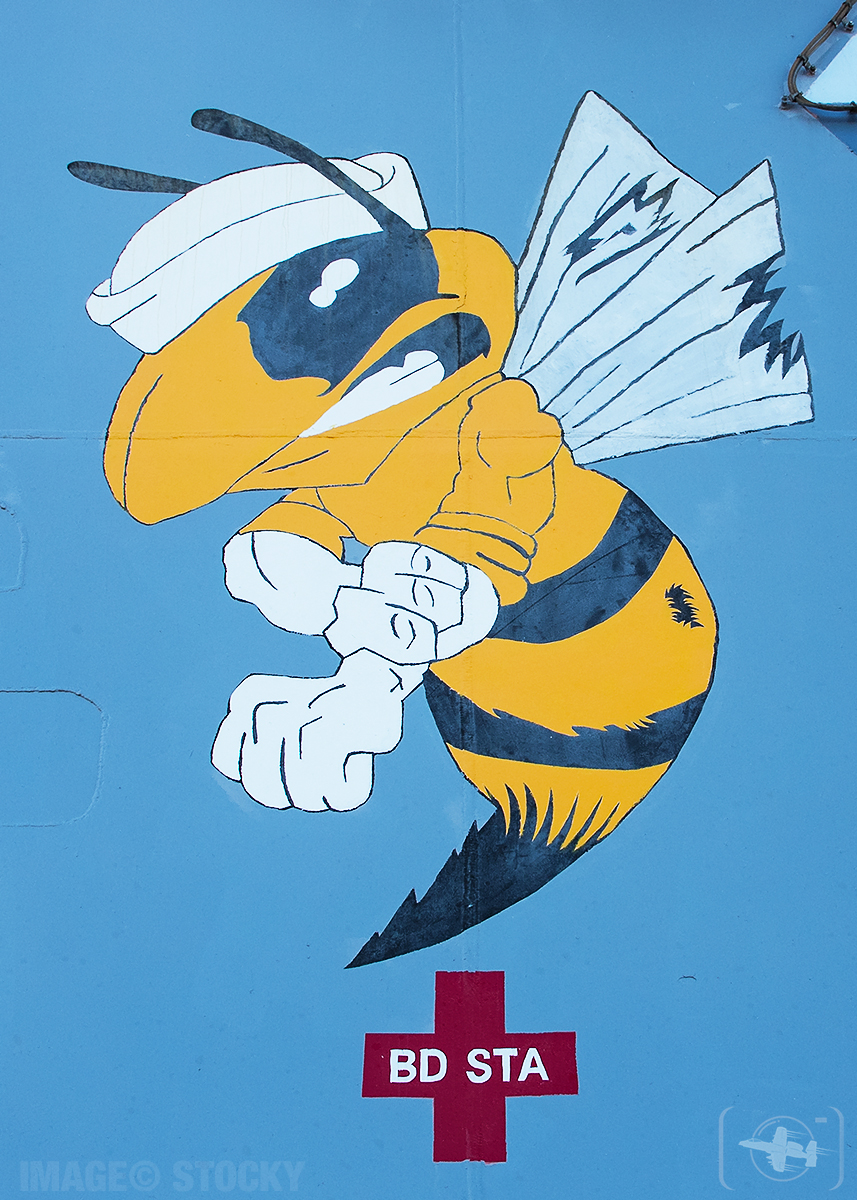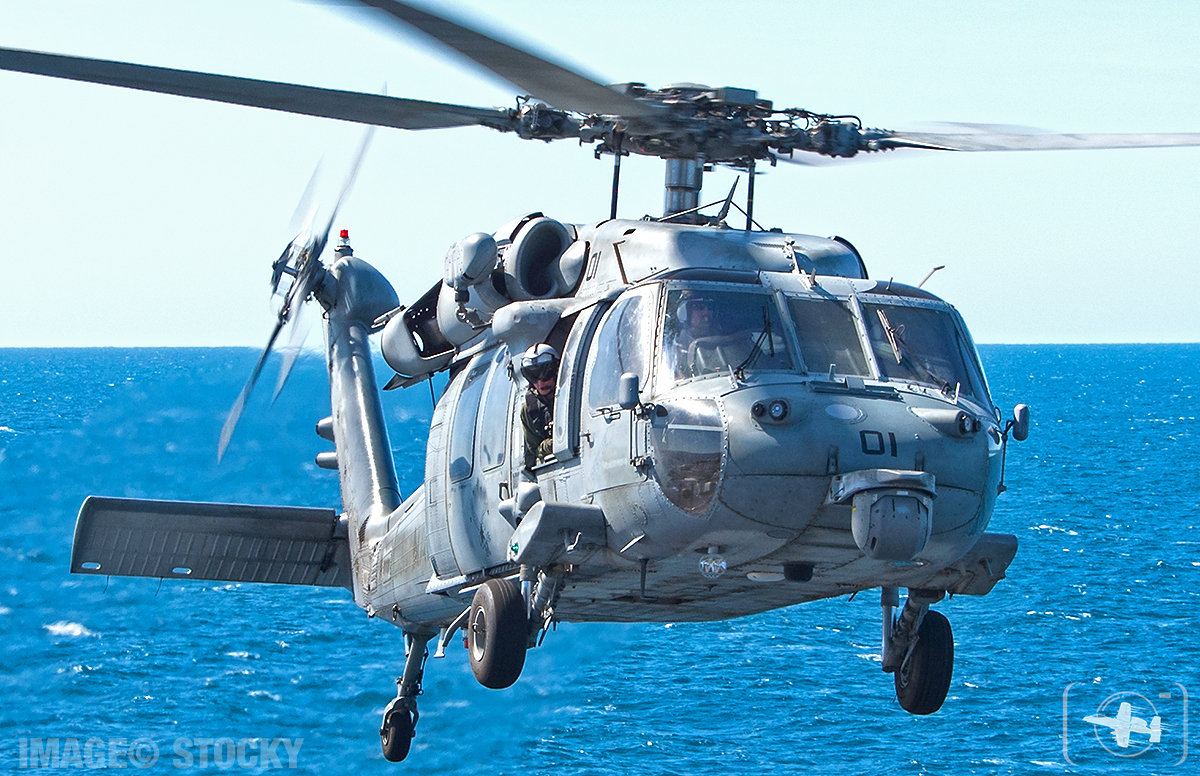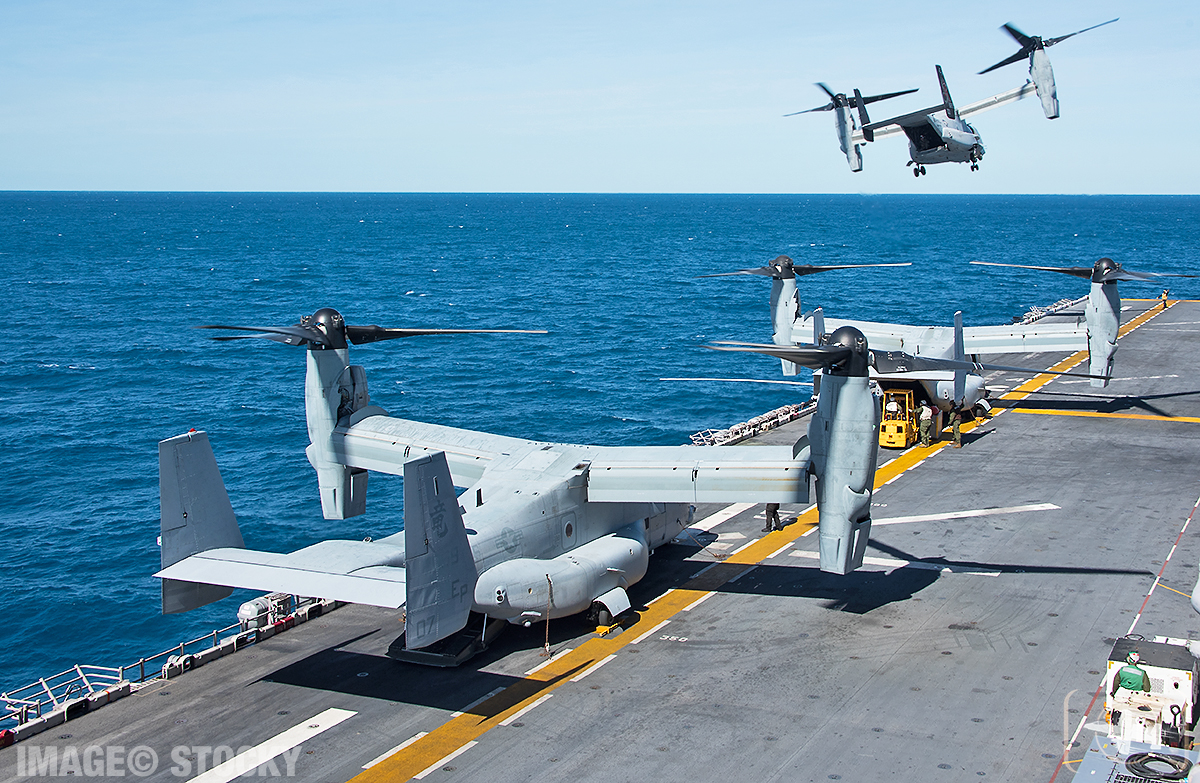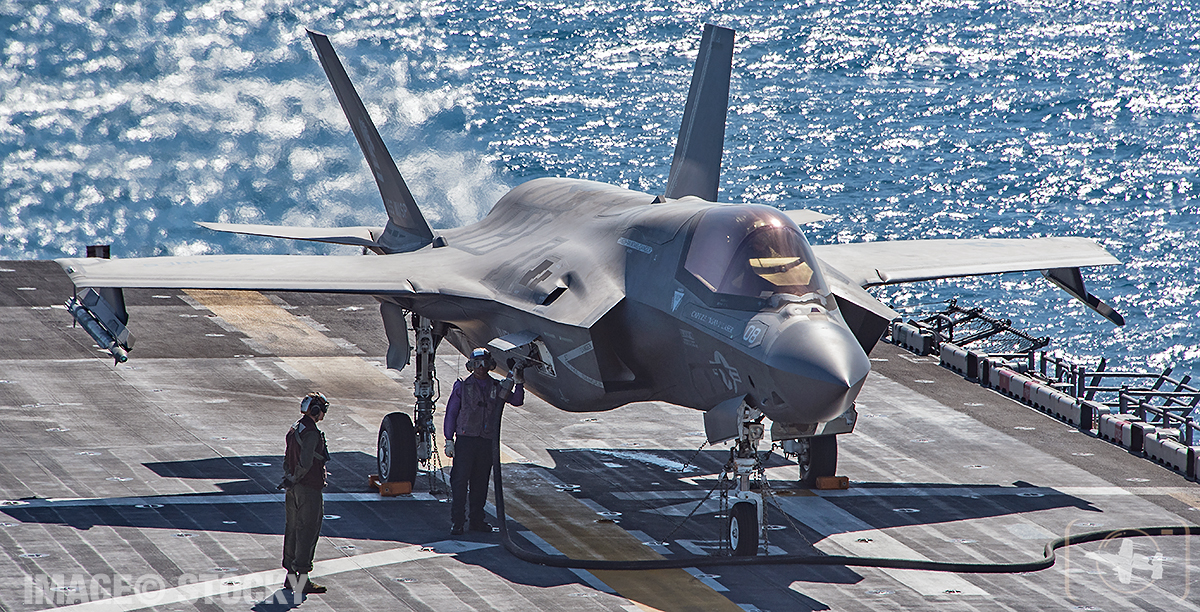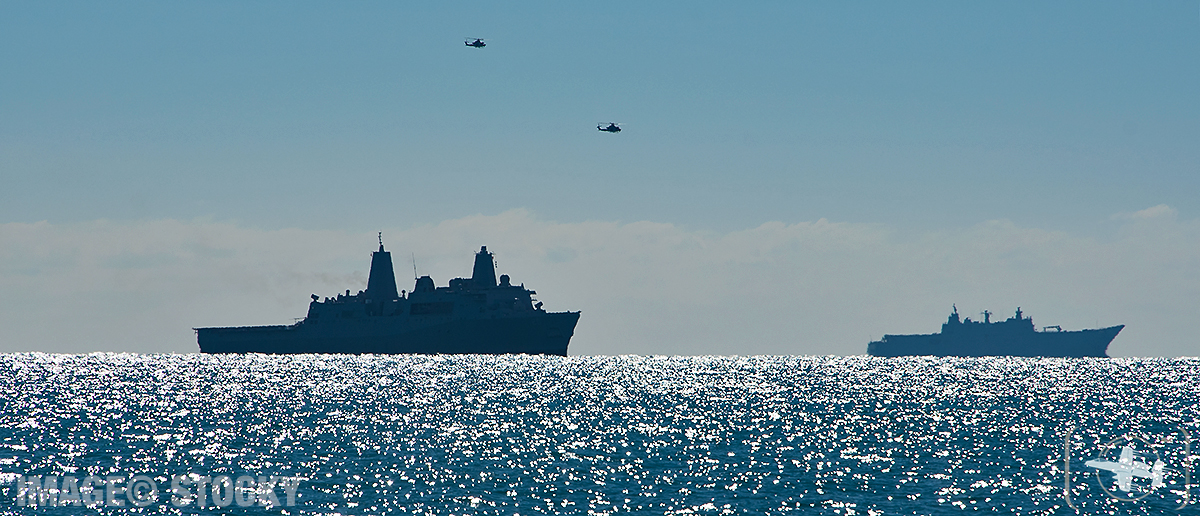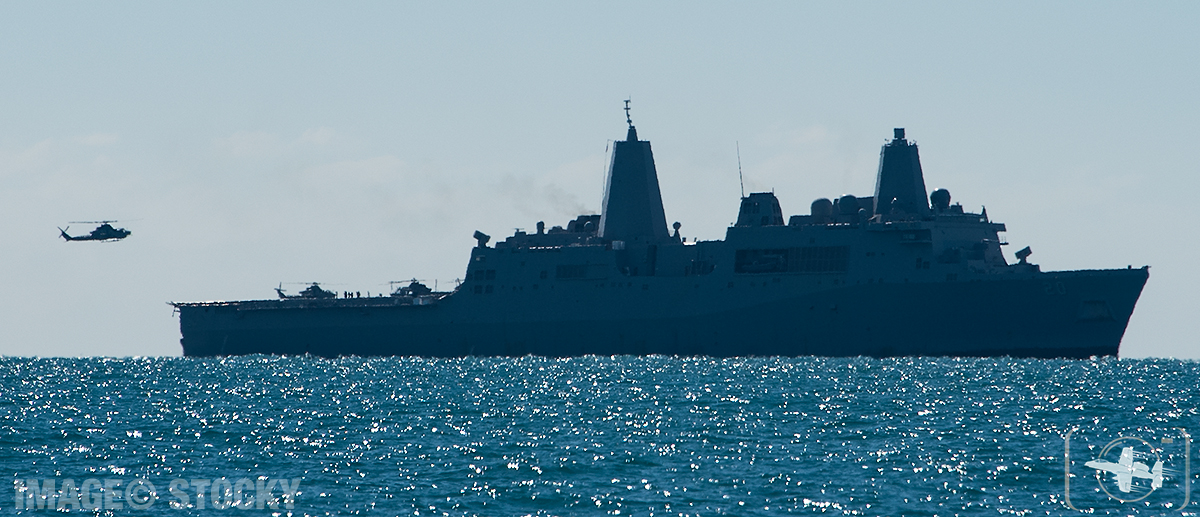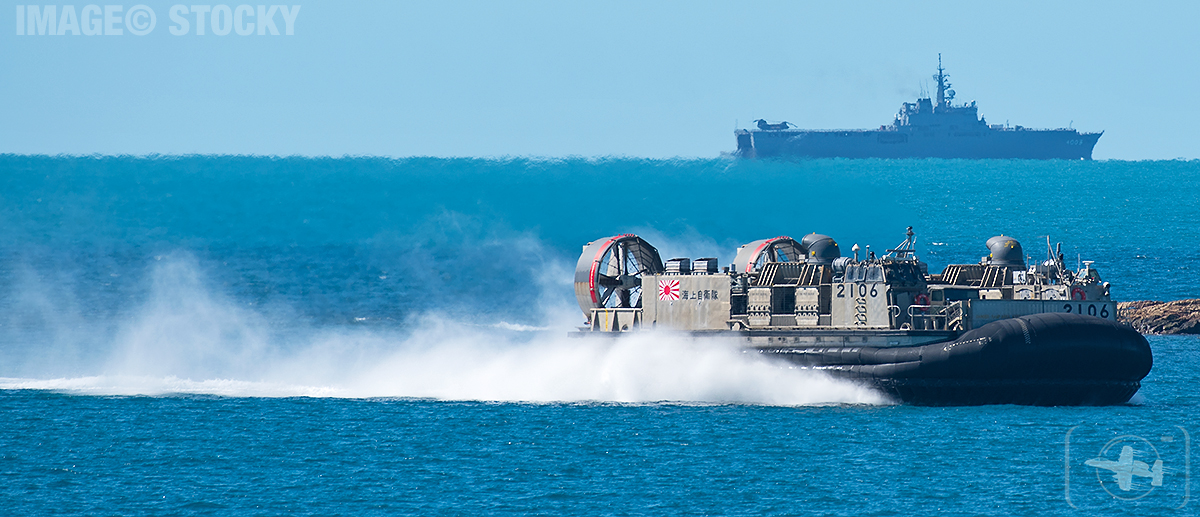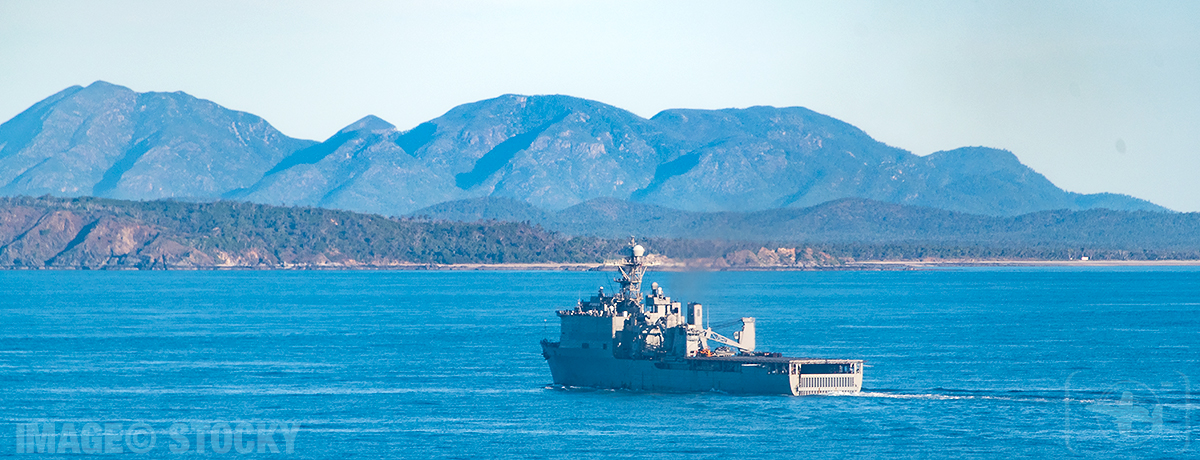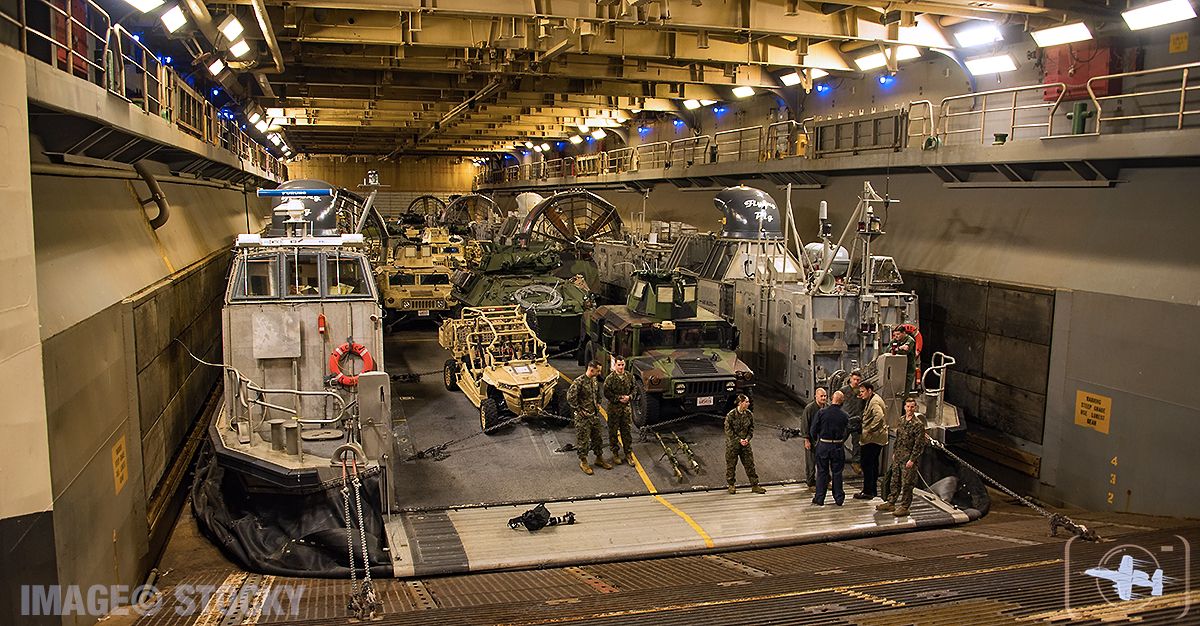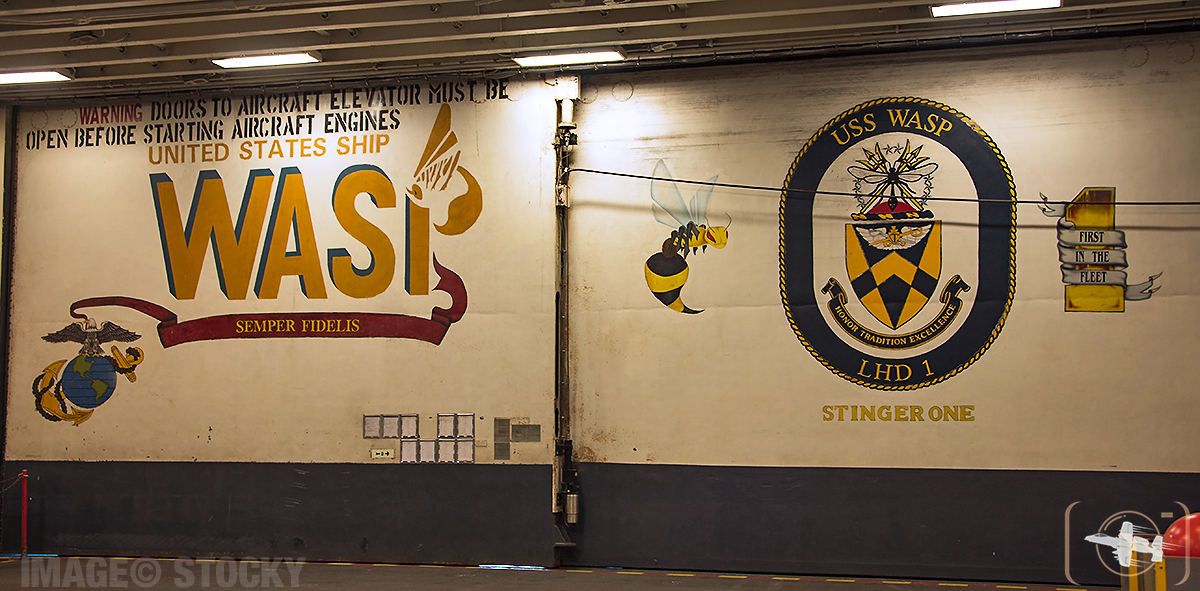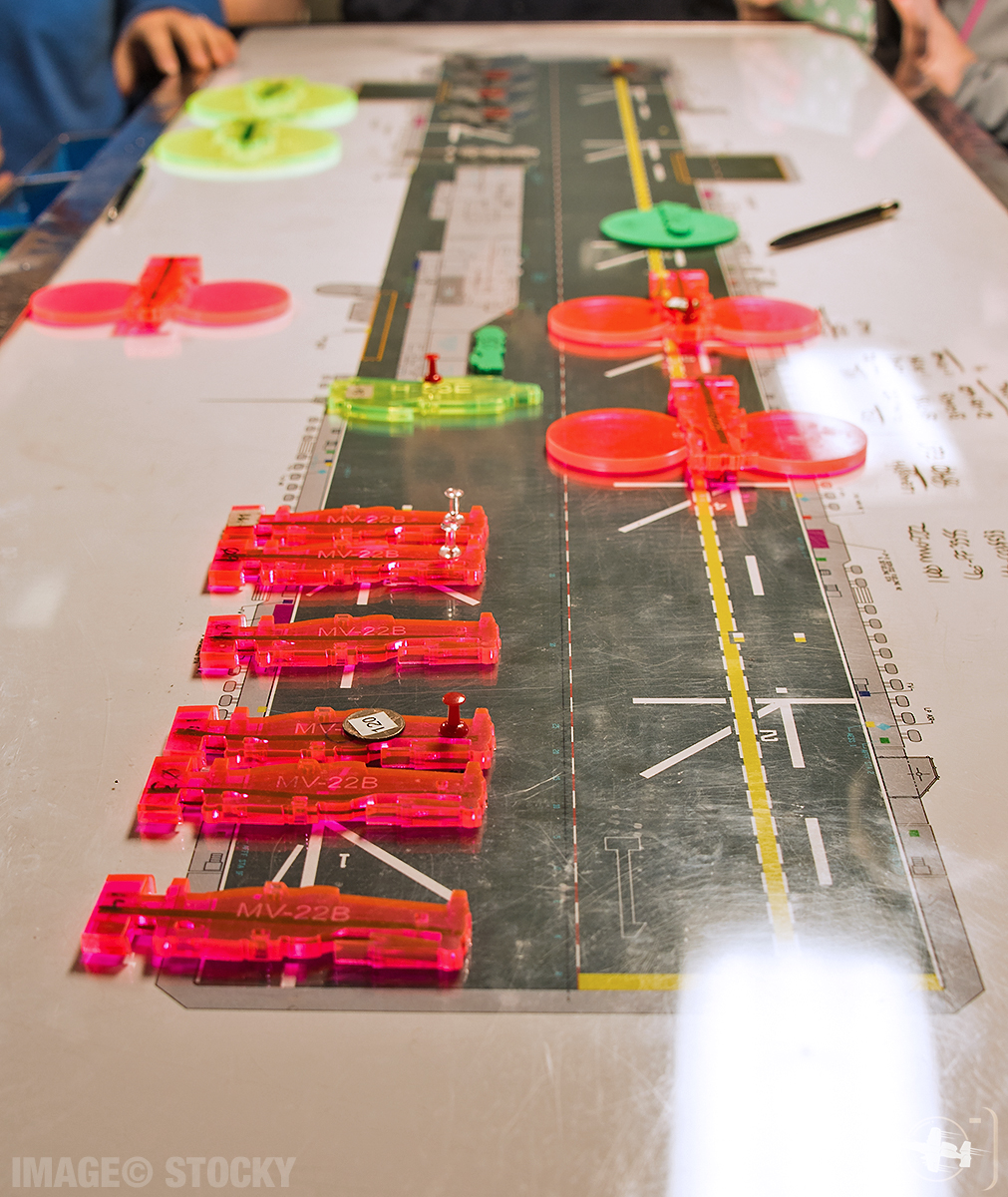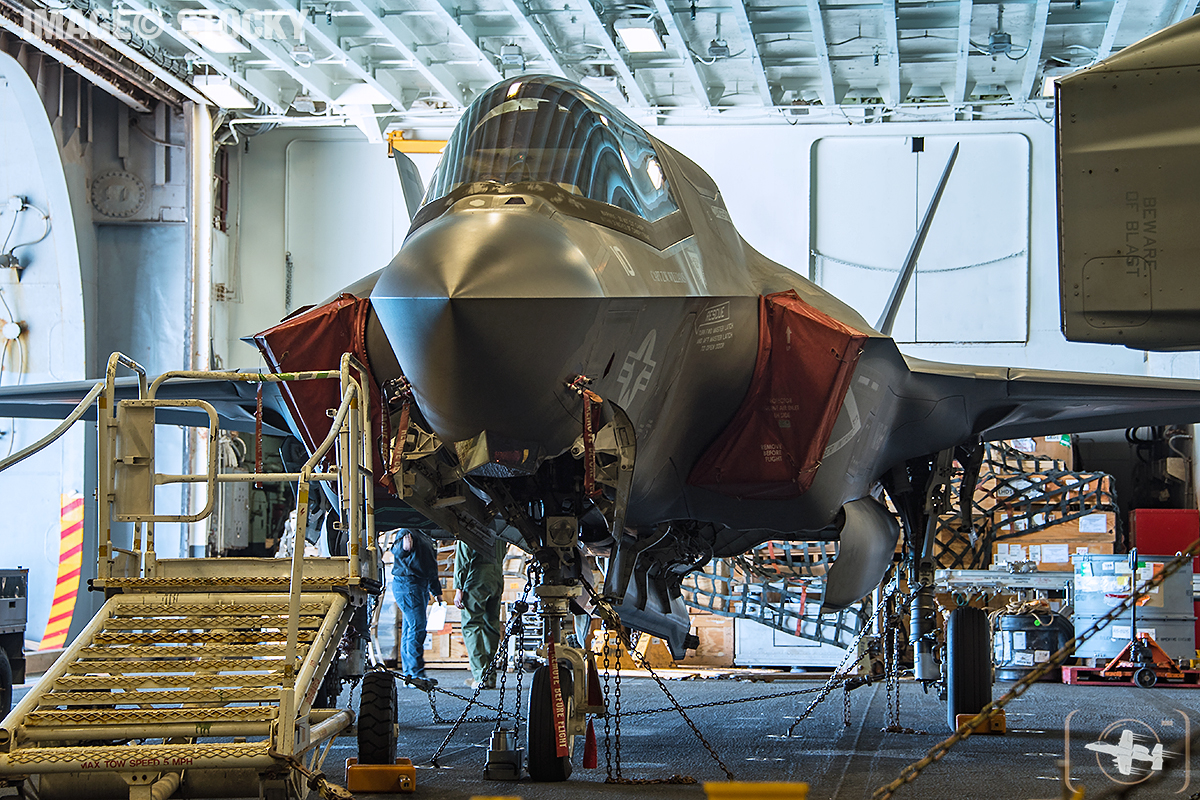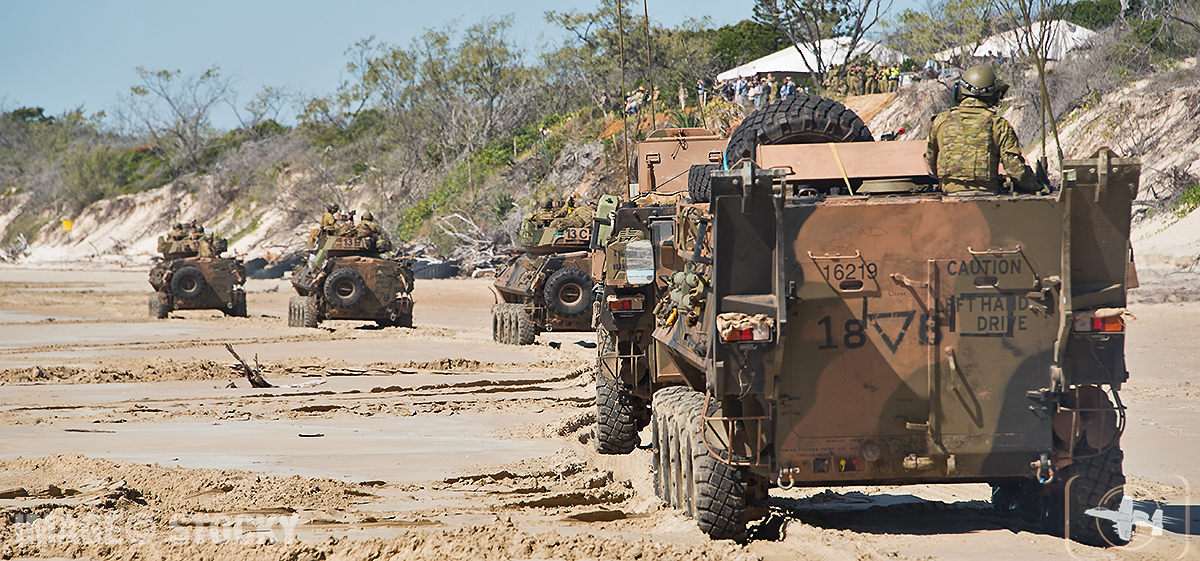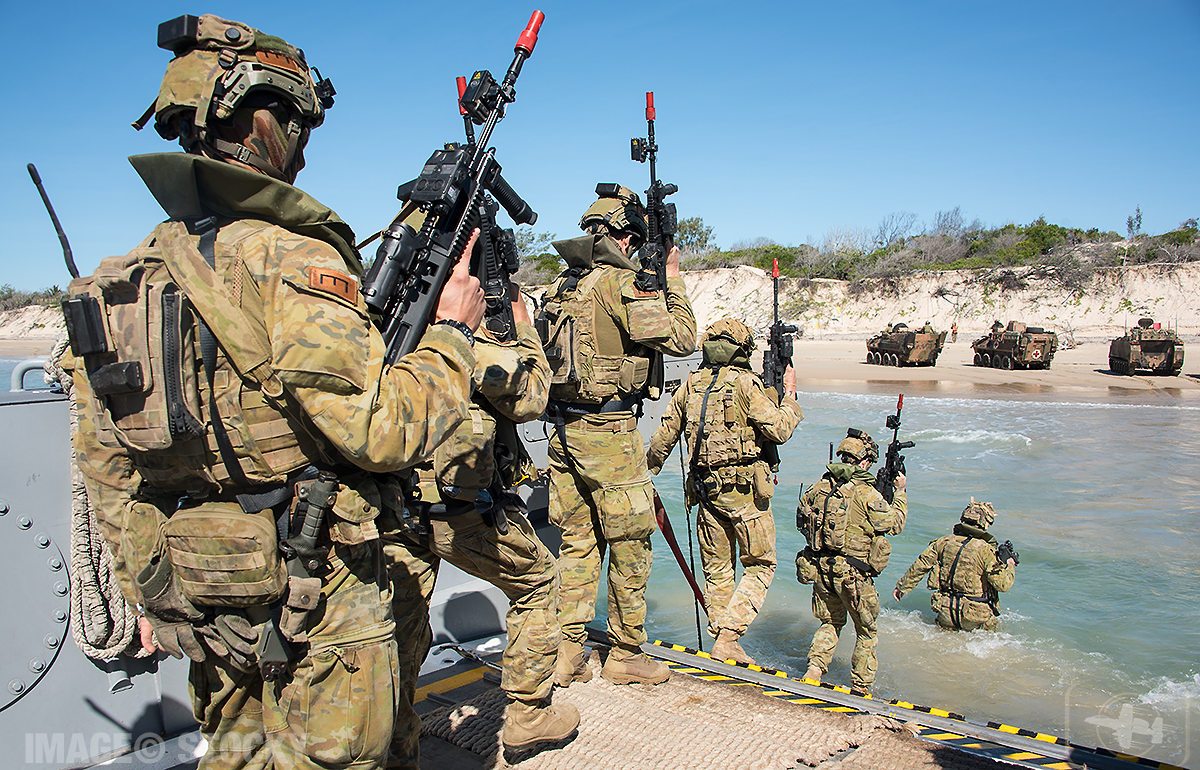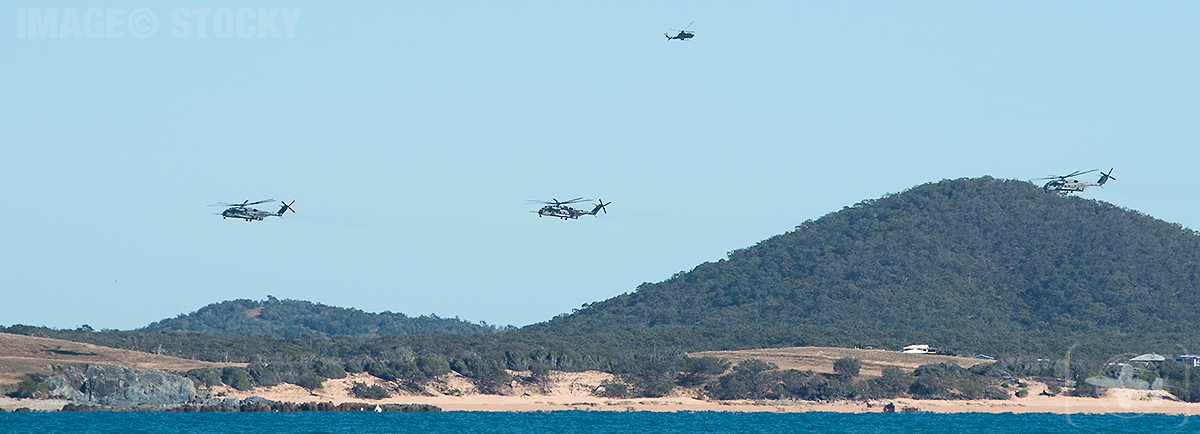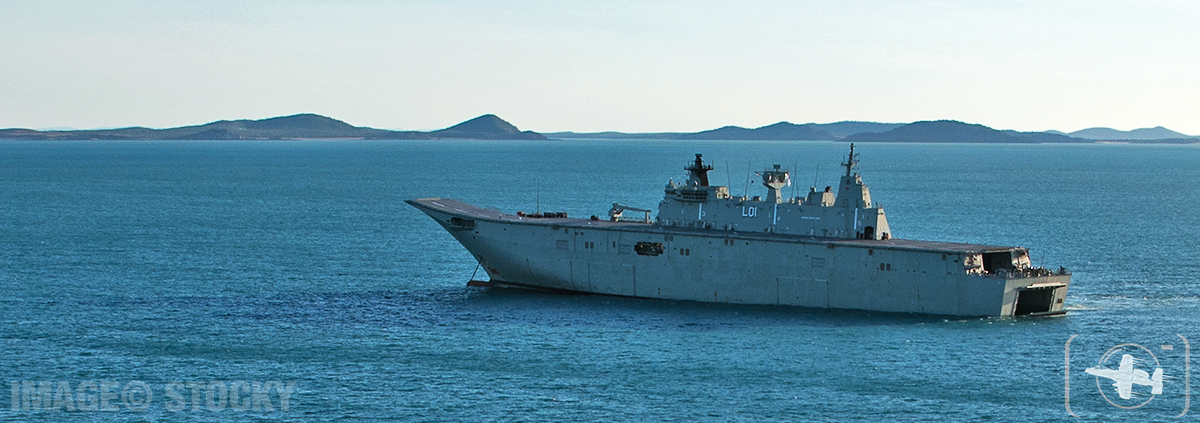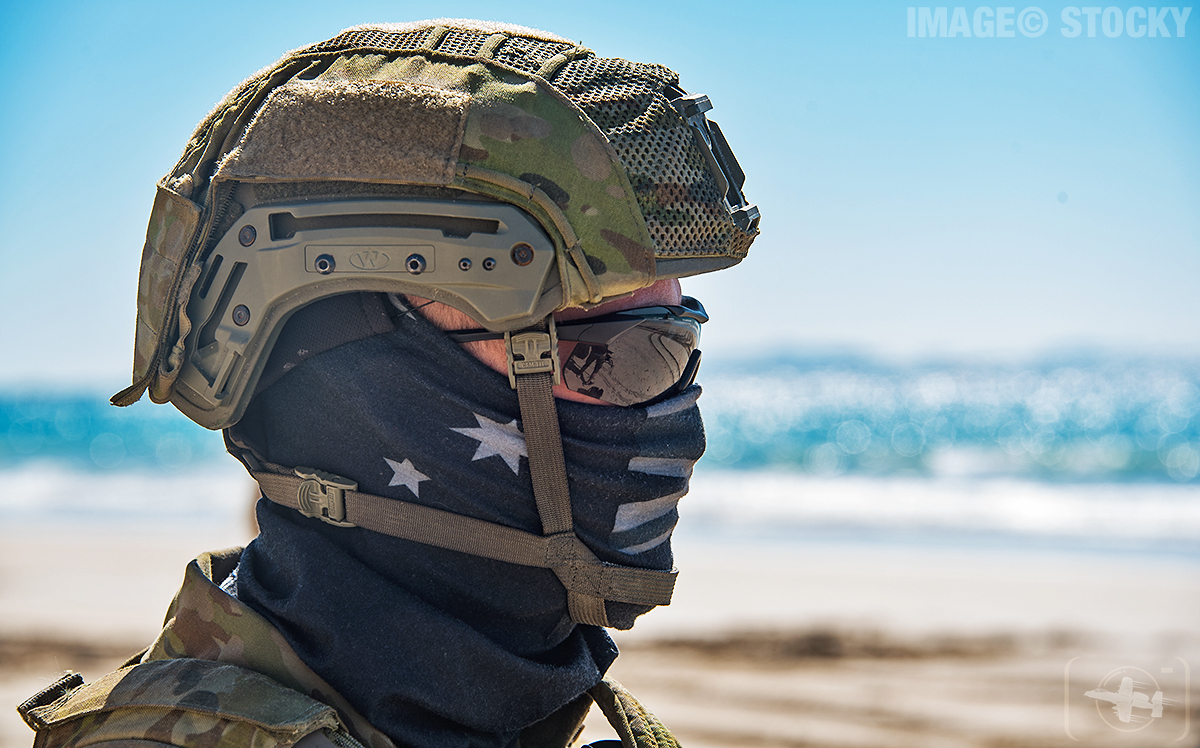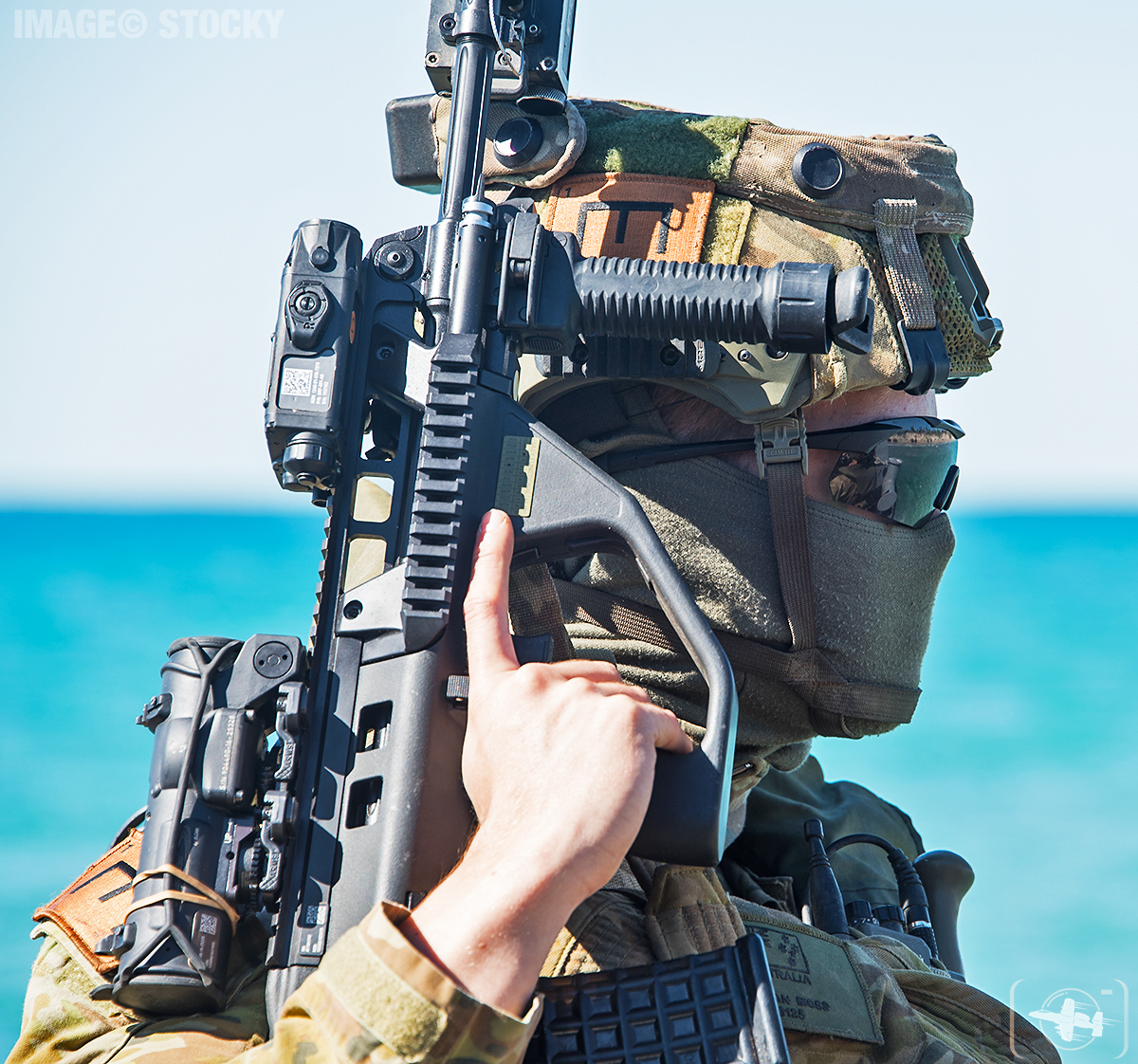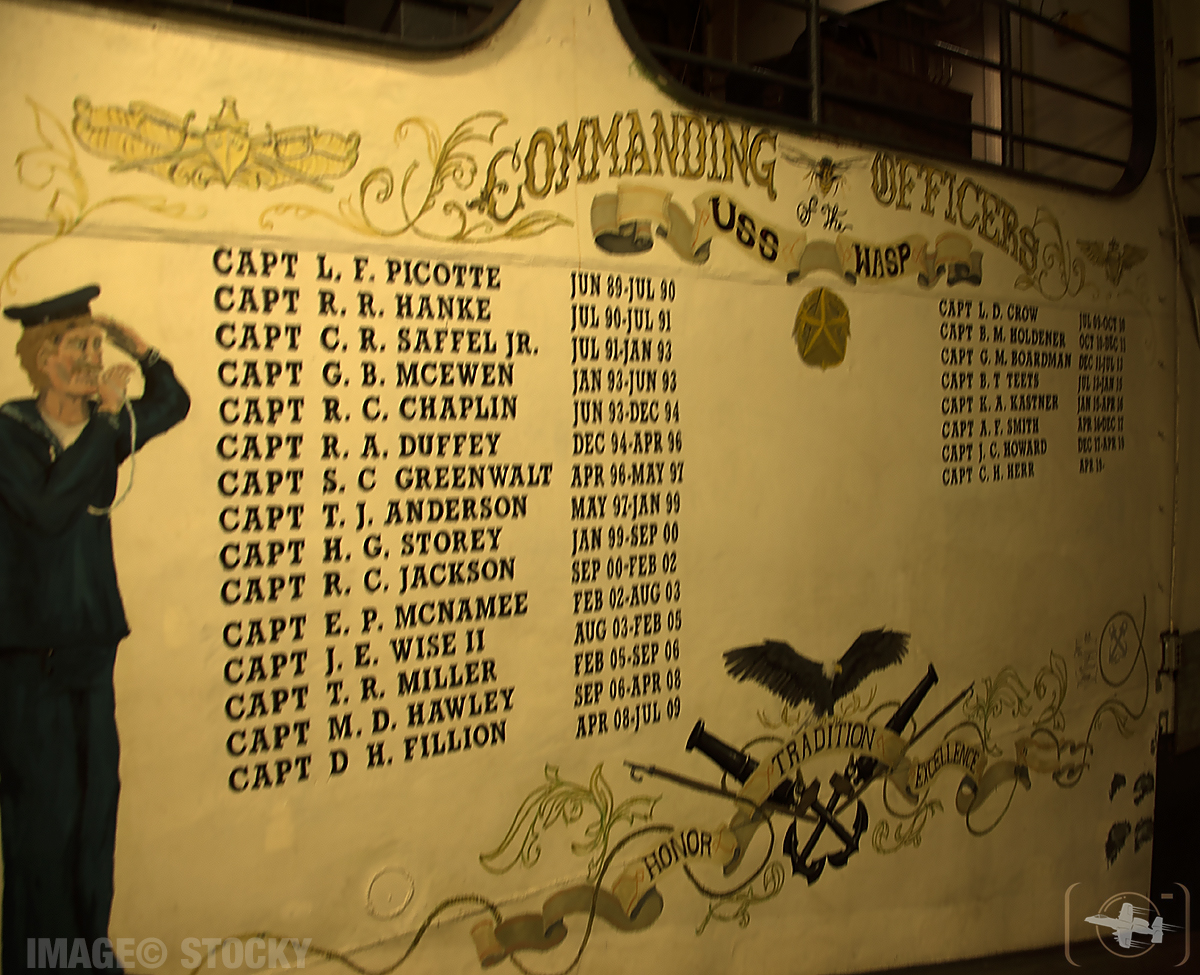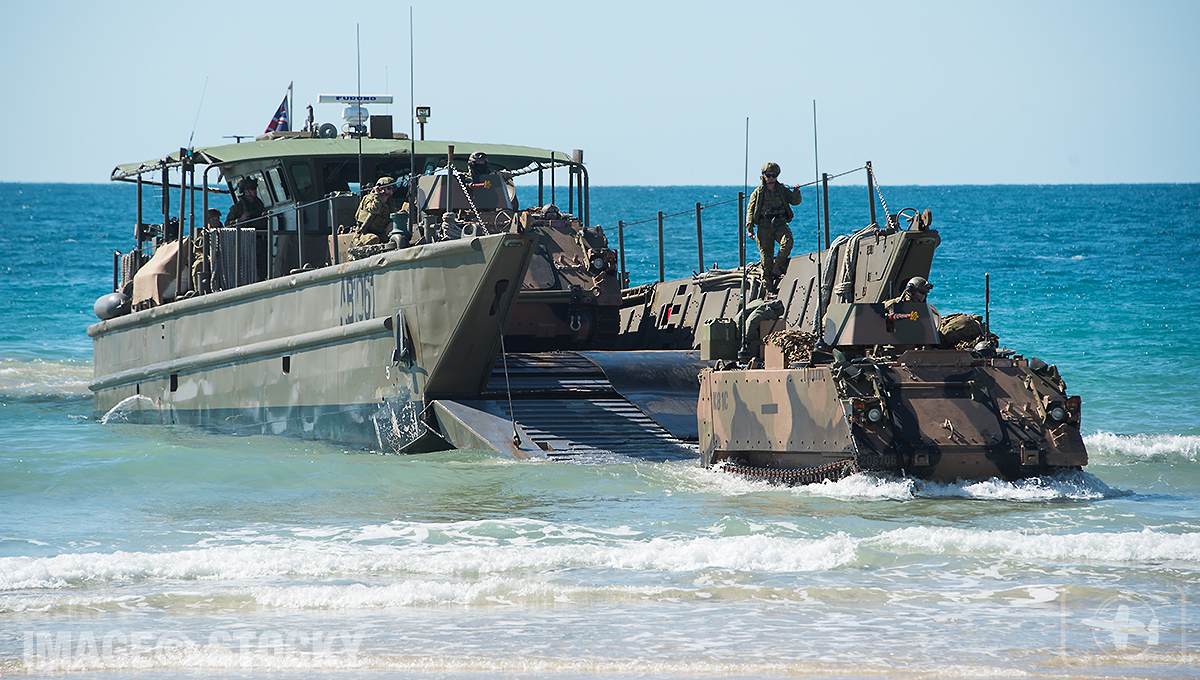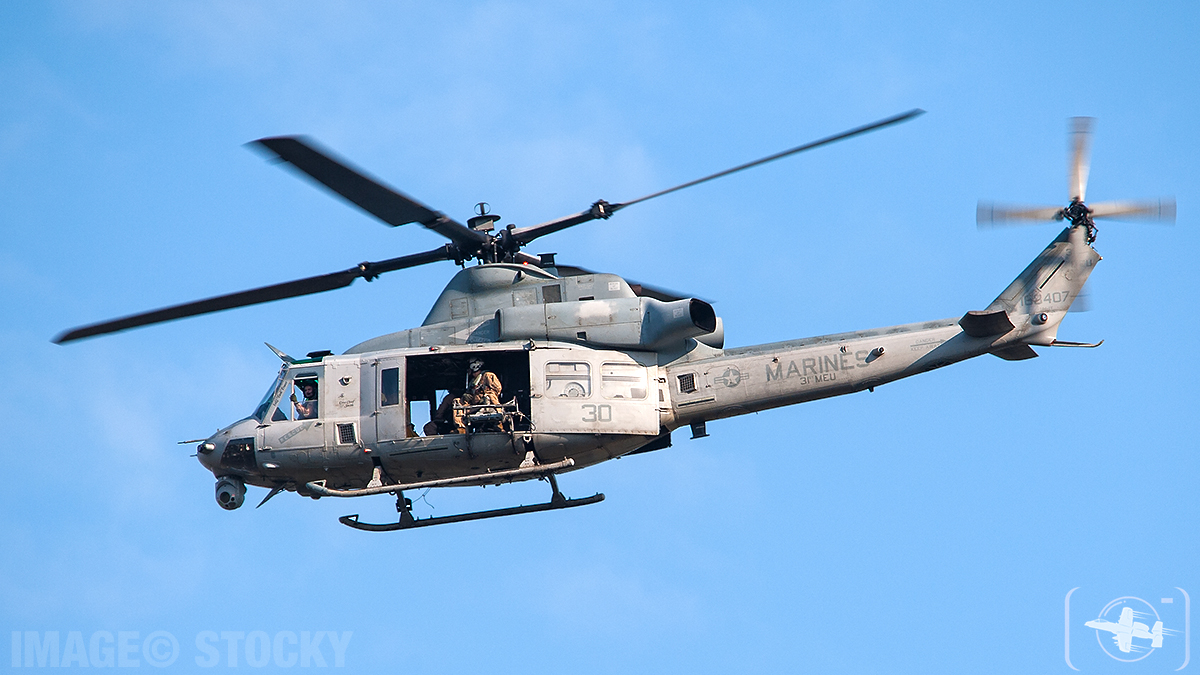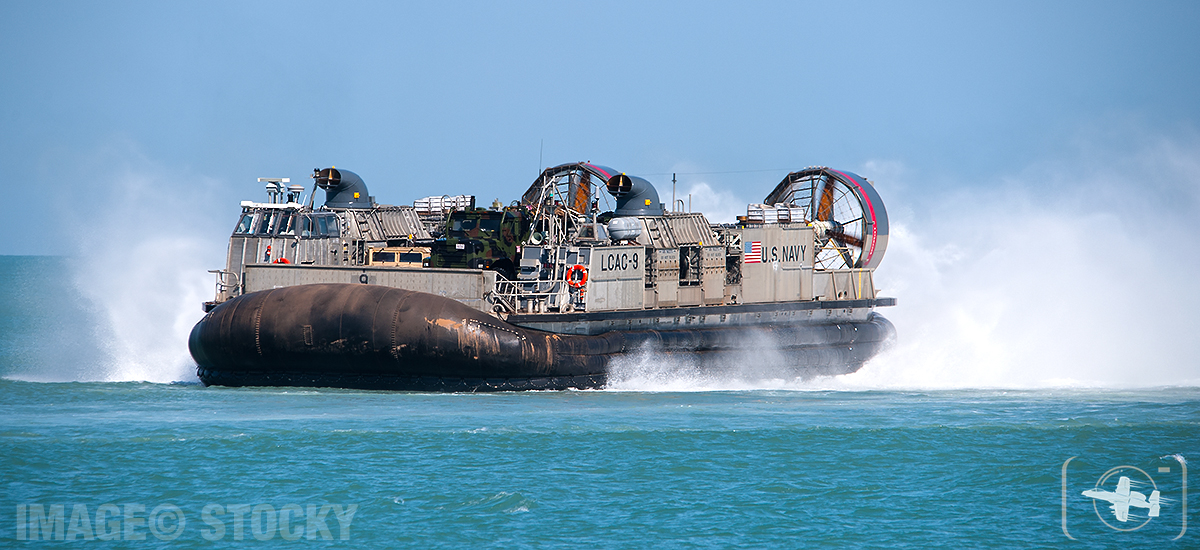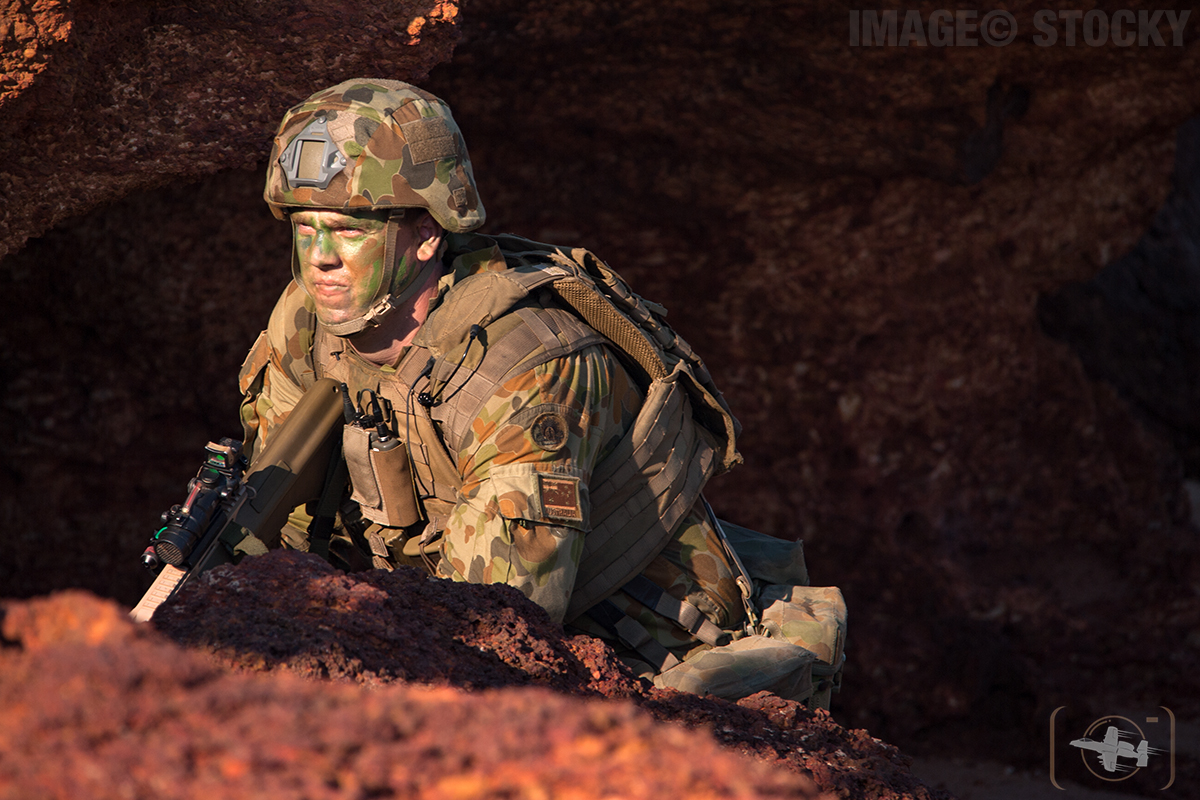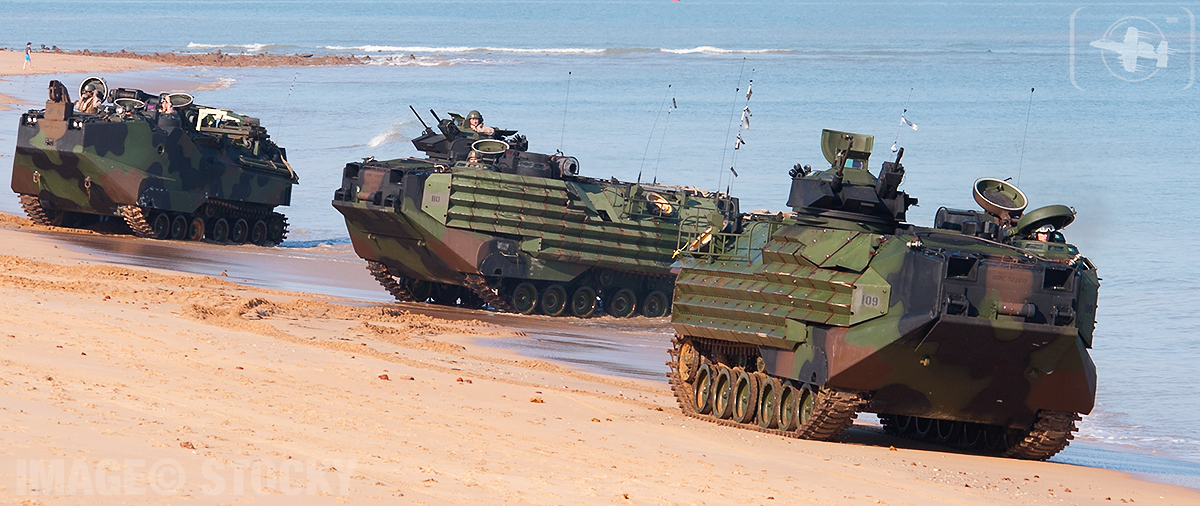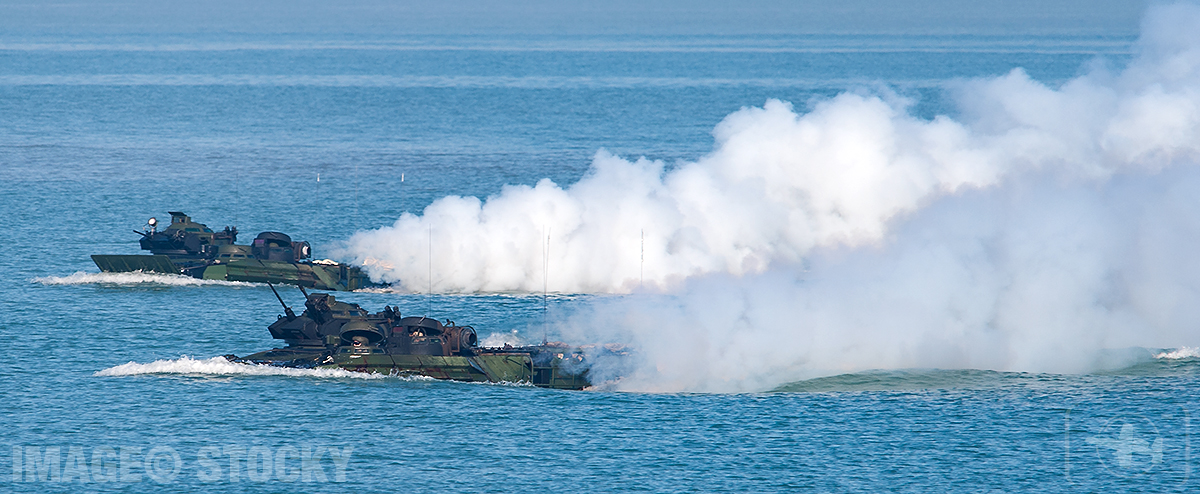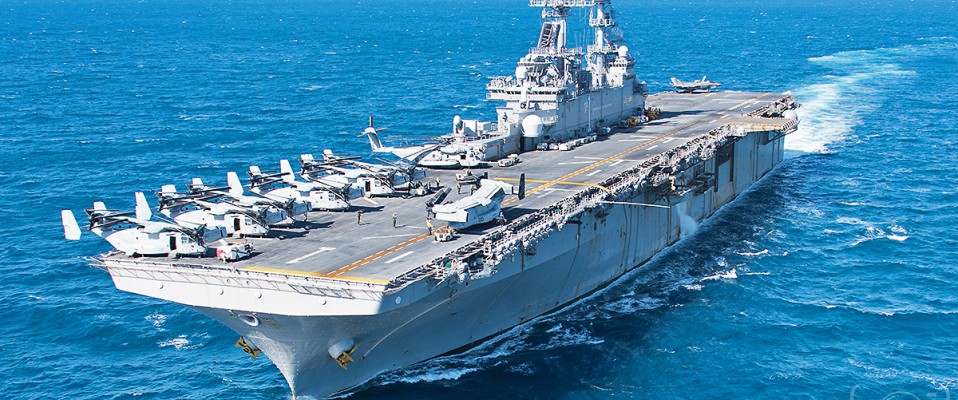The Wasp Nest
United States Navy’s Amphibious Assault Ship USS Wasp LHD-1 participates in Talisman Sabre 2019
Report by Jaryd Stock
Photos by Daniel Vorbach and Jaryd Stock
July 30, 2019
Apart of this year’s Talisman Sabre exercise the USS Wasp (LHD-1) and her expeditionary strike group under Amphibious Squadron 11 (PHIBRON11) deployed from Sasebo, Japan, to Australia for the first time since the early 2018 hull swap with USS Bohnomme Richard (LHD-5).
The USS Wasp thus became the only forward deployed amphibious assault Landing Helicopter Dock with its deployment to Japan.
With AV-8B Harrier operations winding down, and a transition to F-35B earmarked for the Wasp class assault ships, a number of structural upgrades were required. Upgrades were needed internally and to the flight-deck to be able to successfully facilitate F-35B Lightning II operations, modifications the USS Wasp underwent before the hull swap.
This year the USS Wasp Expeditionary Strike Group consisted of the USS Ashland, USS Green Bay and the Arleigh-Burke class destroyer USS McCampbell with Coast Guard cutter Stratton added to the mix.
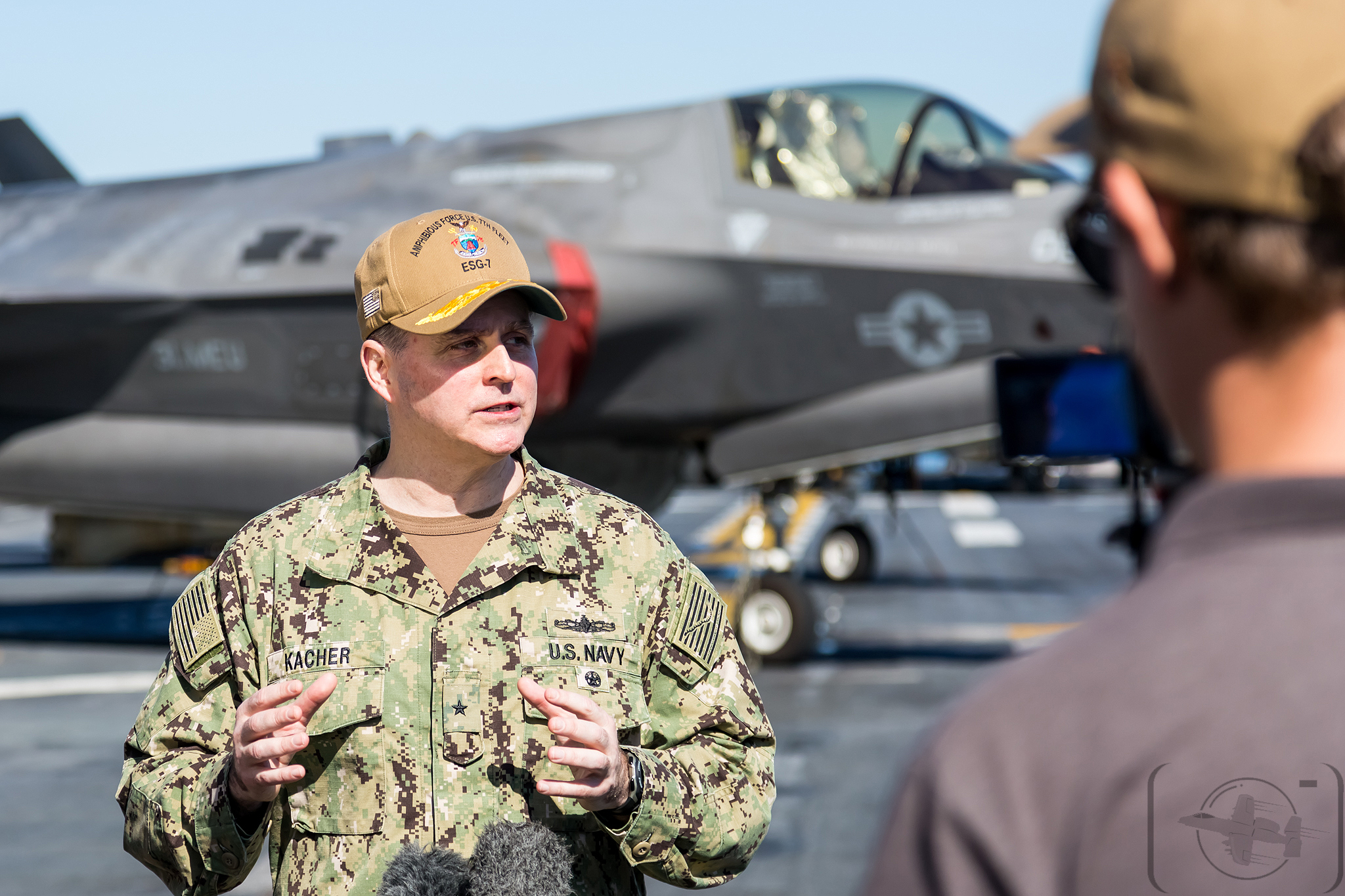
“Adding an Arleigh-Burke destroyer and Legend-class cutter to our strike group improves our lethality and makes us an even more capable fighting team,” said Rear Admiral Fred W. Kacher, commander, Expeditionary Strike Group 7.
“Talisman Sabre allows us to sharpen our warfighting skills with some of our longest standing allies and great friends in the region. The diversity and versatility of the force we’ve amassed for this exercise gives us a unique opportunity to broaden our mutual understanding and strengthen our commitment to each other and the Indo-Pacific Region.”
The USS Wasp and her new “up-gunned” ESG is now one of the most lethal combat fleets anywhere in the world. With adding another ship to its fleet in the USCGC Stratton, it allows USS McCampbell to take on a more aggressive role in the fleet as an asset focusing more on the anti-surface and anti-air capabilities the destroyer can bring to the fore, but this is only part of the picture. It is the F-35B Lightning II JSF that ties everything together by sharing information back to the destroyer on both surface and airborne targets.
Making its debut at Talisman Sabre 2019 was the introduction of the F-35B Lightning II, six of which from VMFA-121 “Greenknights” from MCAS Iwakuni embarked onboard the USS Wasp coming under the VMM-265 Reinforced commander.
The debut of the Bravo Lightning delivers what the Australian Defence Force wish to gain out of exercises like Talisman Sabre; integration and interoperability of high end war- fighting tactics and integration of key 5th generation assets.
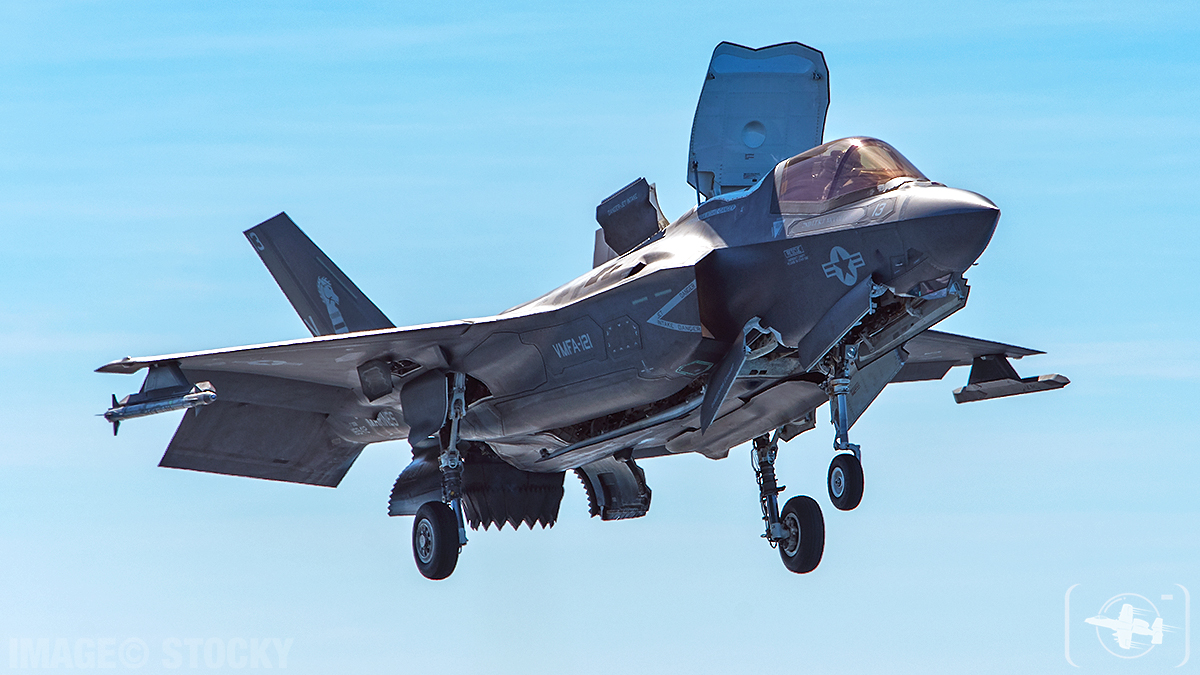
31st Marine Expeditionary Force Commanding Officer Colonel Robert Brodie states that this new lethality that the F-35 brings to the ESG is unparalleled.
“What you’re seeing out this LHD ship with the F-35 embarked onboard is a collaborative increase in capability and it’s a substantial step forward with a substantial increase in combat capability.
And in this exercise we are working alongside the Royal Australian Airforce with their F-35’s (RAAF 3 Squadron) and it just adds another level of partnership and another level of partnership where we can share information in real time on the battlefield and also share tactics so that we are prepared for conflict.”
Again VMM-265 participated in Talisman Sabre, this time while embarked onboard the USS Wasp, the tennant squadron onboard the Wasp the VMM-265 Reinforced commander becomes the Air Component Element commanding officer over the aircraft embarked on the USS Wasp and USS Green Bay.
33 aircraft were part of this year’s VMM-265(R) with 23 aircraft embarked on the Wasp and 10 on the Green Bay. 10x MV-22B Osprey’s from VMM-265, 6x F-35B Lightnings from VMFA-121, 4x CH-53E Super Stallion from HMH-463, 3x MH-60S Seahawks from U.S.Navy HSC-25 conducting Search and Rescue operations.
The USS Green Bay had 4x UH-1Y Venoms and 4x AH-1Z Cobras from HMLA-169.
Col Brodie explains how the ACE contributes to achieving objectives that are tasked in securing the beach head in amphibious landing operations.
“With the beach landing there will not only be surface movement with our track vehicles and the Wasps LCAC’s along with landing craft from our Australian counterparts and the Japanese, but our Aerial Combat Element will also take part.
It will consist of our Ospreys, and also the CH-53 moving our assault forces which will be over 100 hundred marines inserting behind the beach. Those will be protected by our attack helicopters on the Green Bay providing close air support to troops on the ground.
But then we will have high altitude cover from our F-35’s working on air interdiction and also providing close air support.”
The USS Wasp with the embarked Marine Air Ground Task Force provide by the 31st MEU and VMM-265(R) is one of the most combat capable assets the United States can call on in a moment’s notice.
Interoperability is the way of the future and with the Royal Australian Navy now utilising their own LHD Canberra class ships, the knowledge the RAN can gain from watching the U.S. Navy and USMC cannot be underestimated and it’s this knowledge on how to better utilise tactics and procedures to come out on top every-time is what working together in Talisman Sabre is all about.
RDML Kacher states “The friendships we have built here will endure far beyond the exercise, and it reminds us that we are stronger together.”
Working together is the way of the future and this exercise sets a precedent that is being noticed worldwide.
